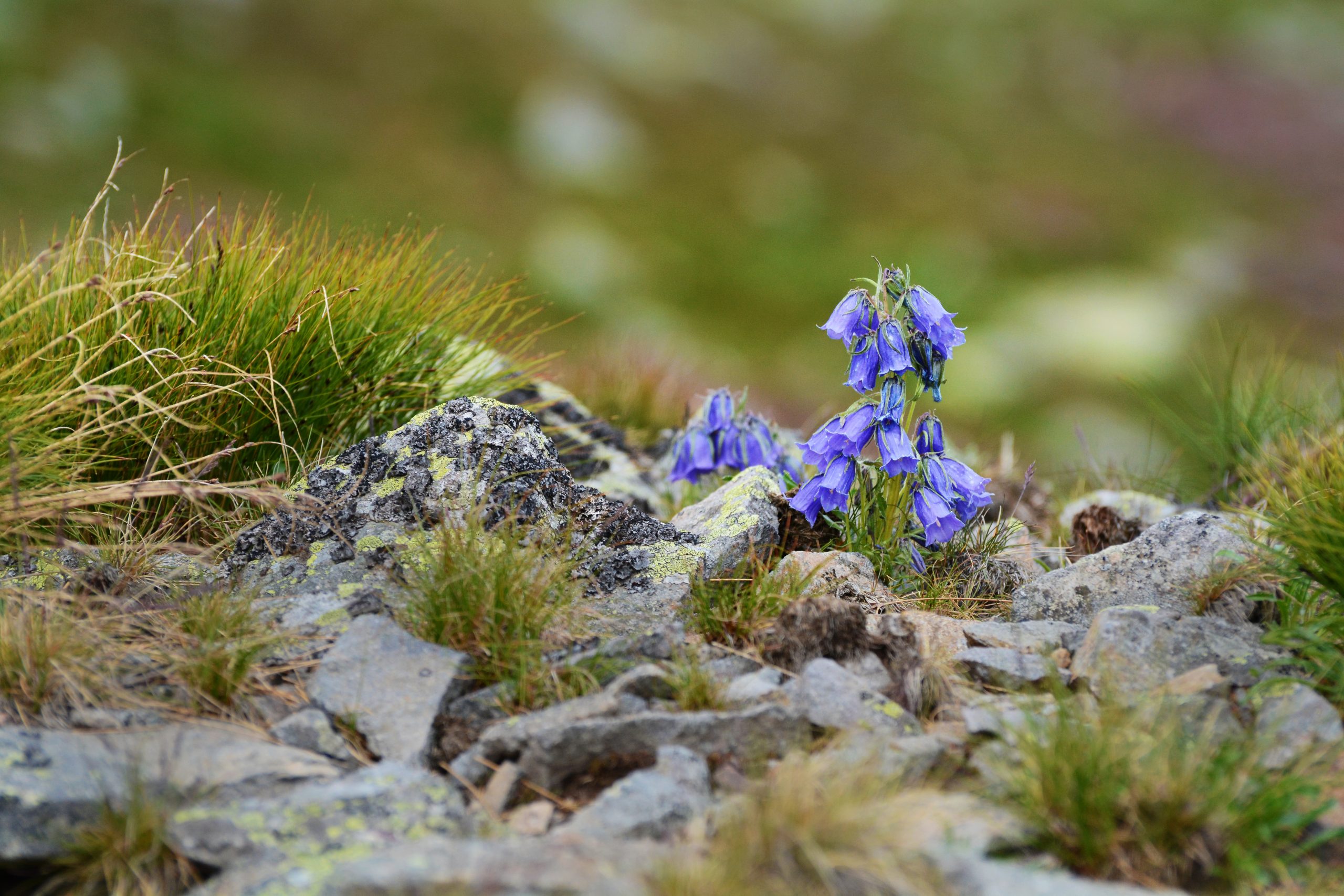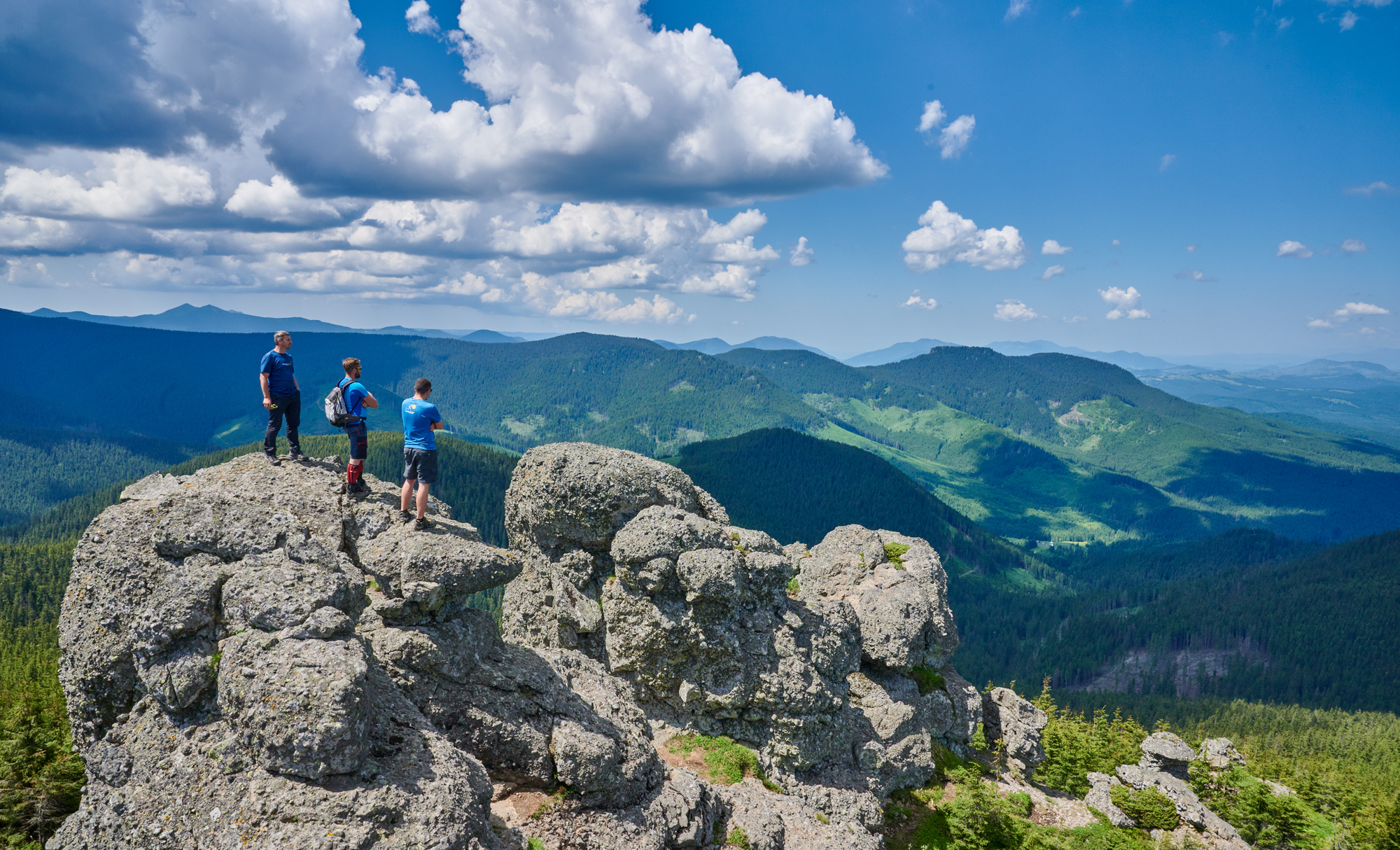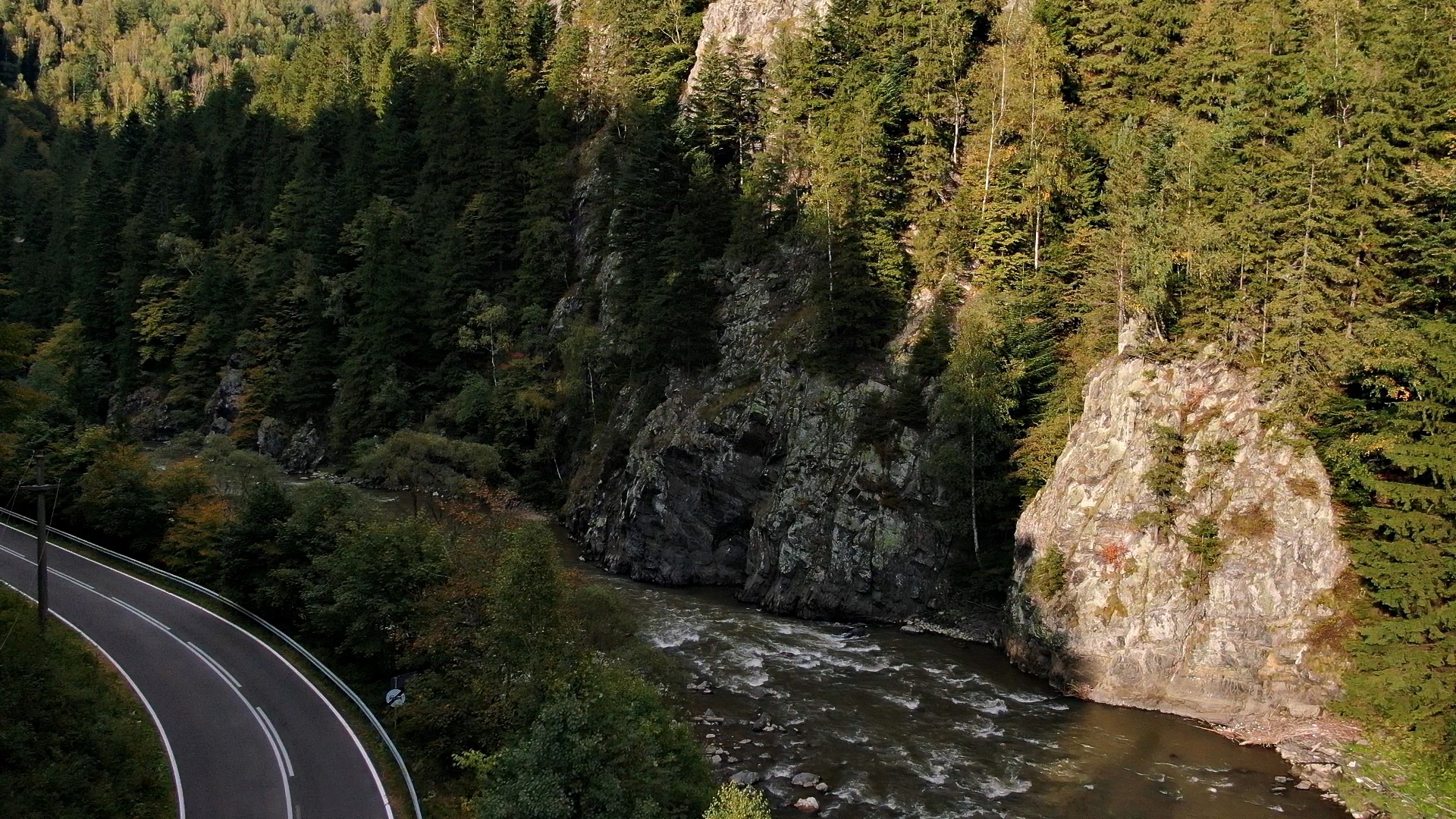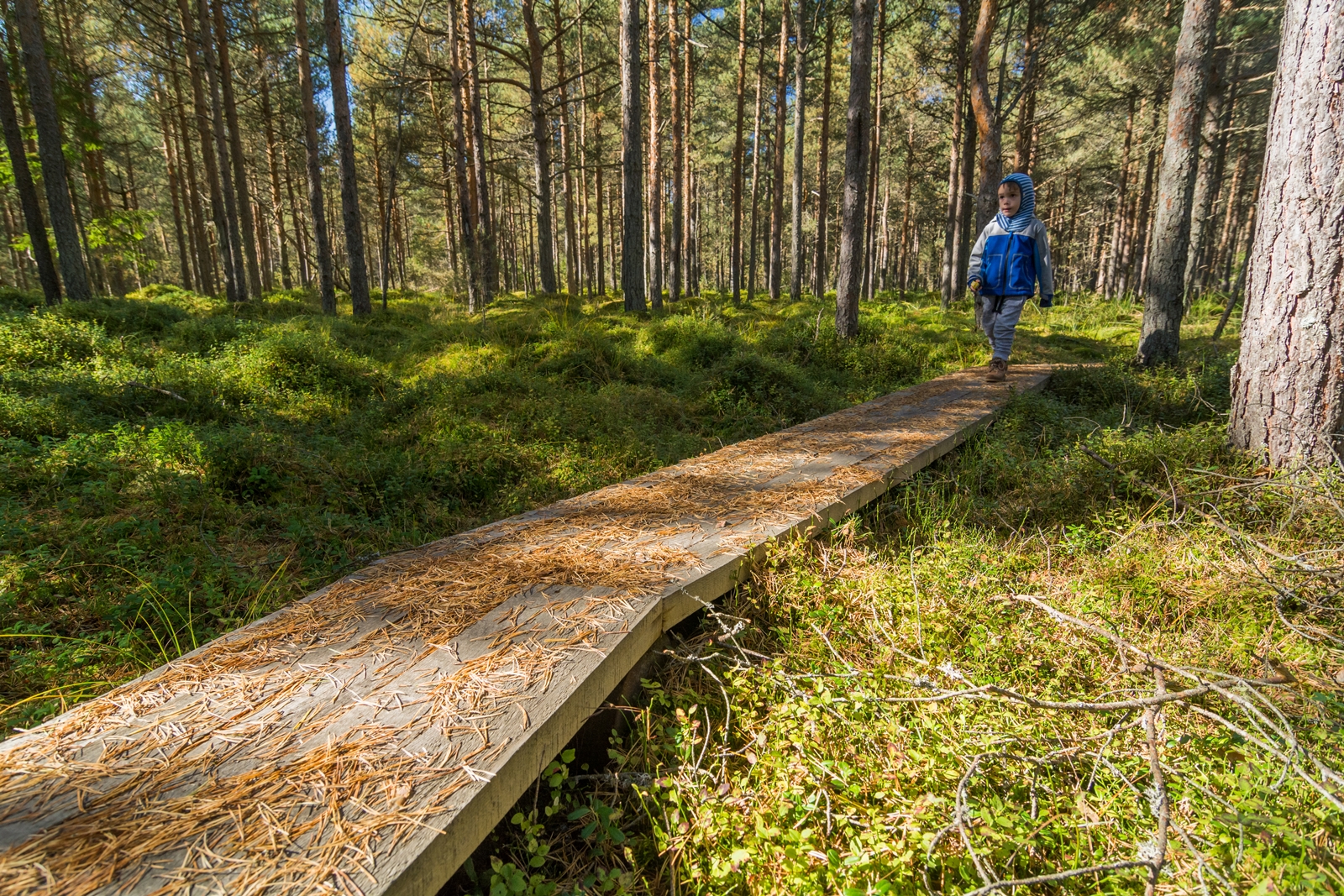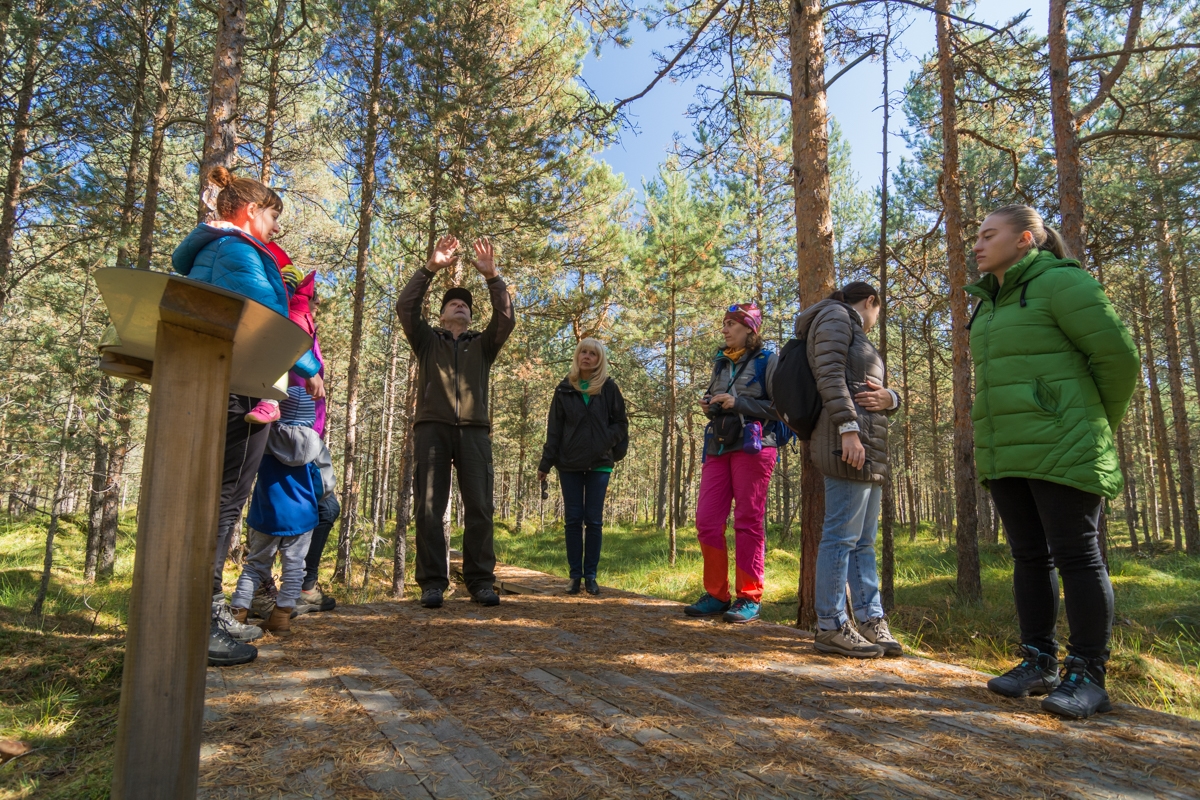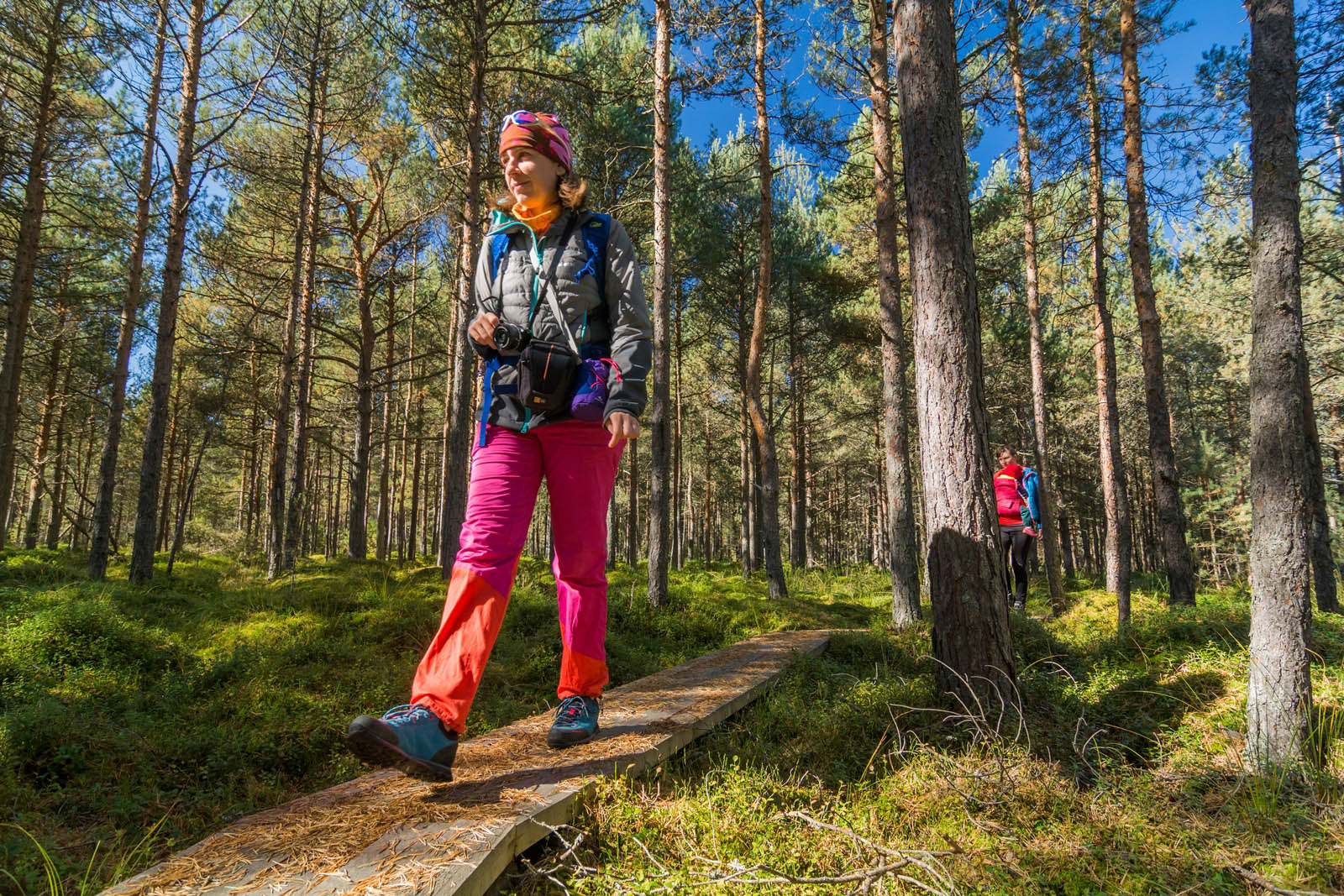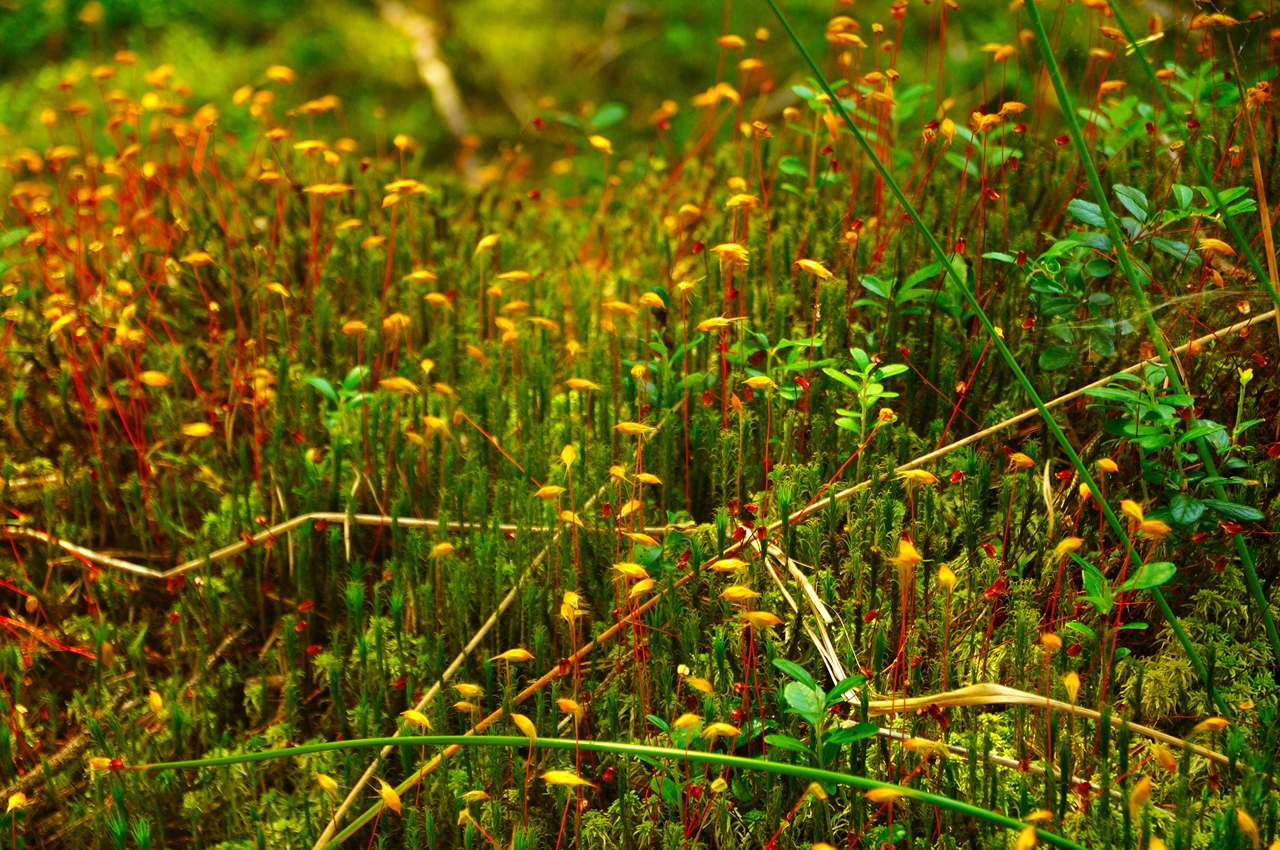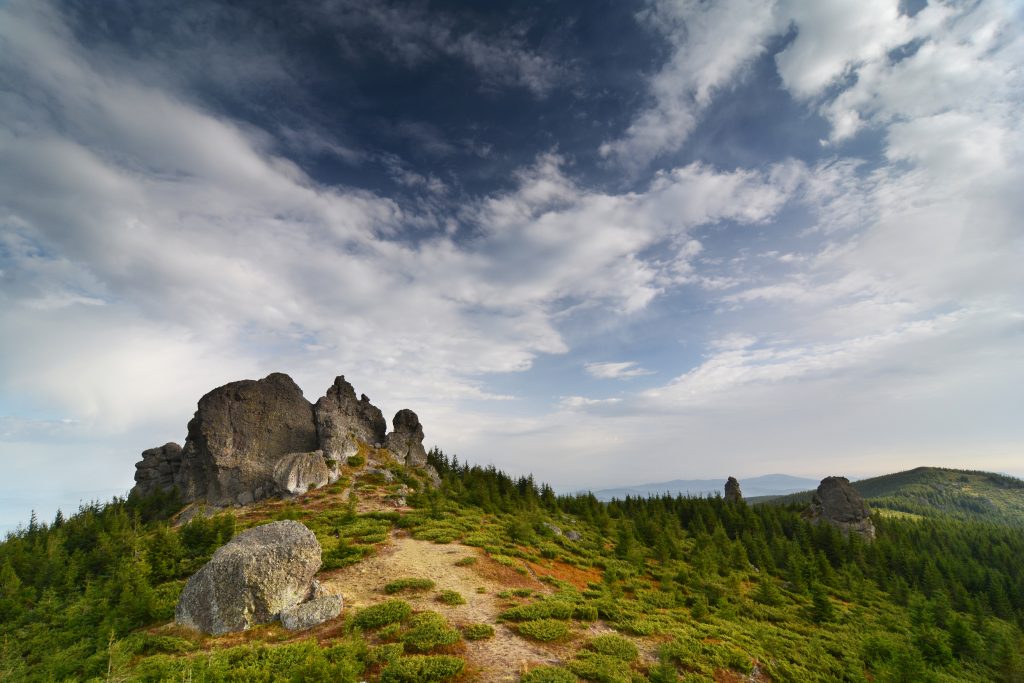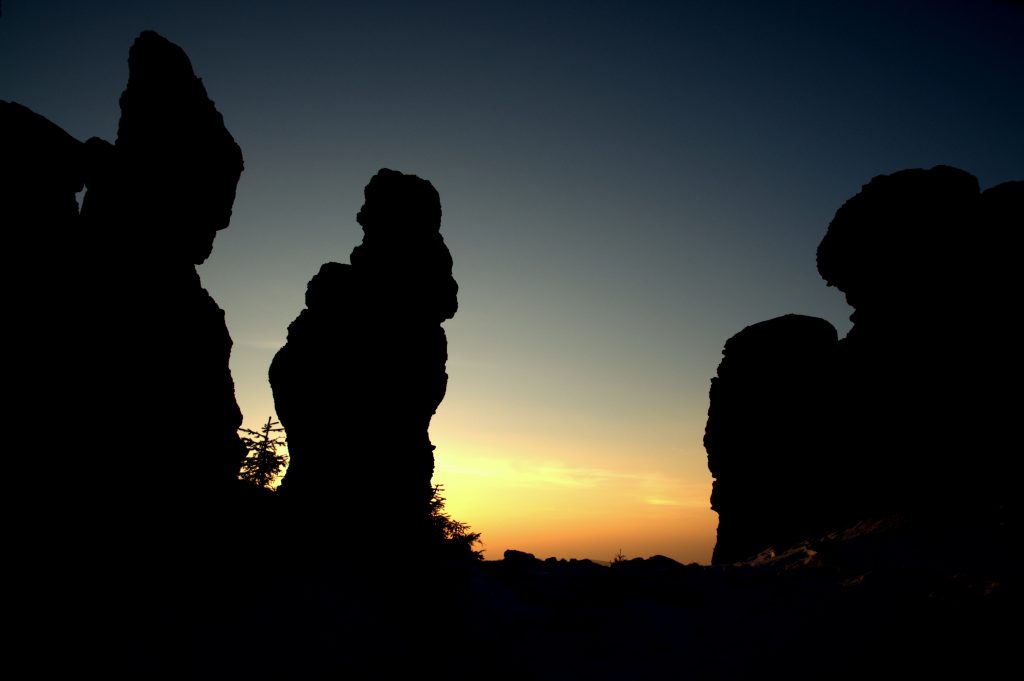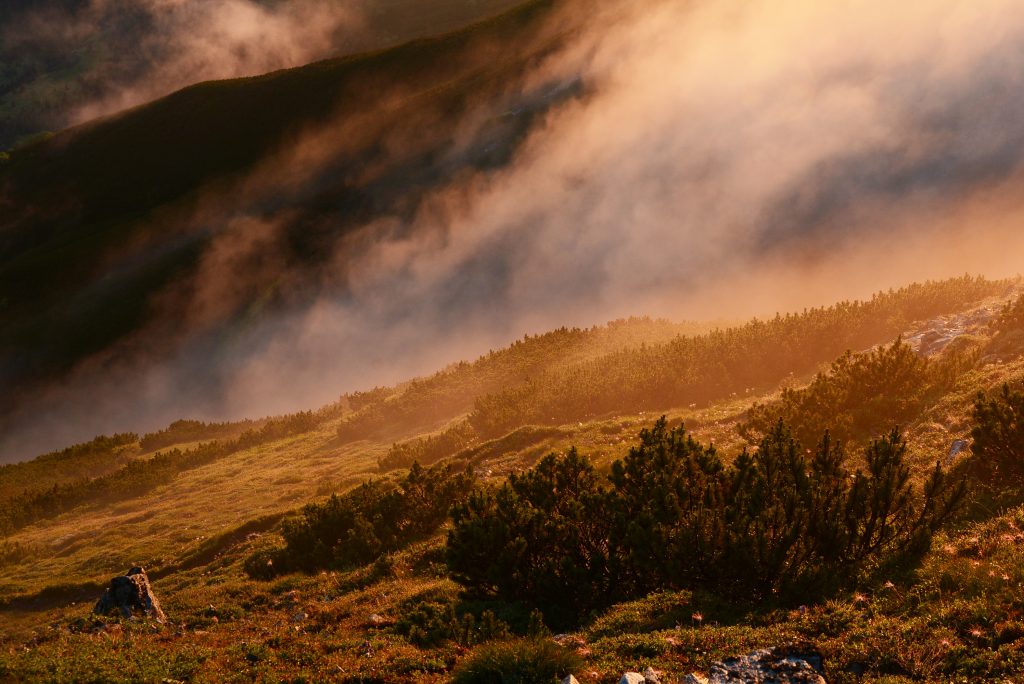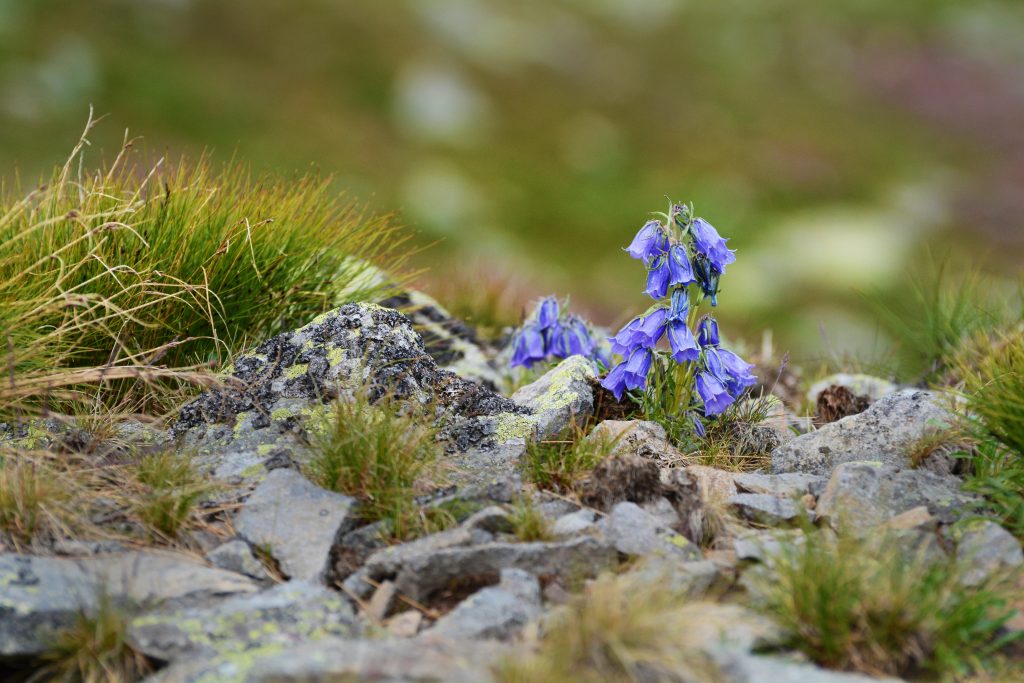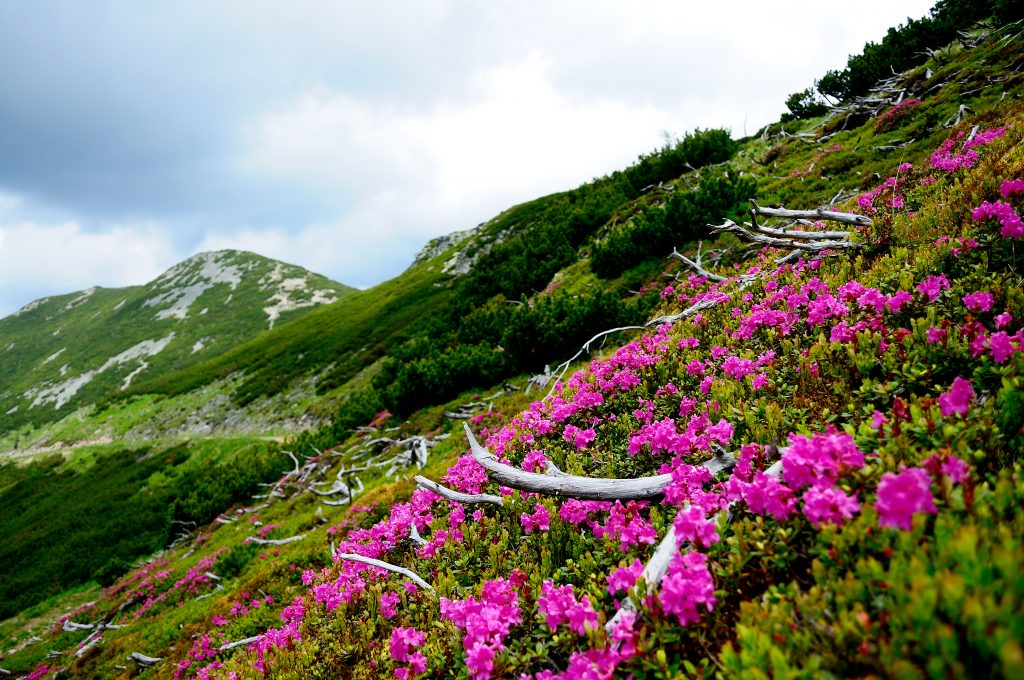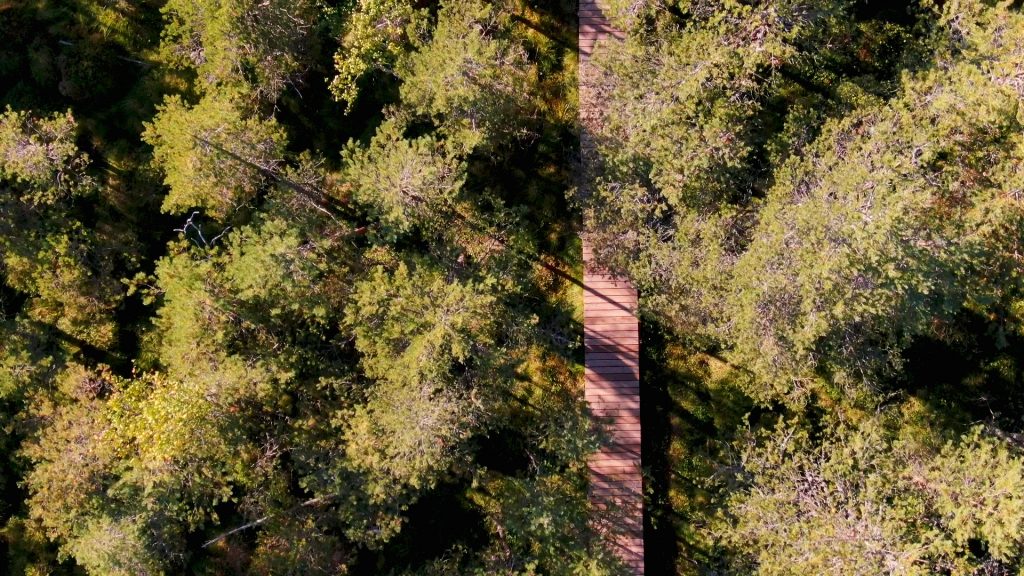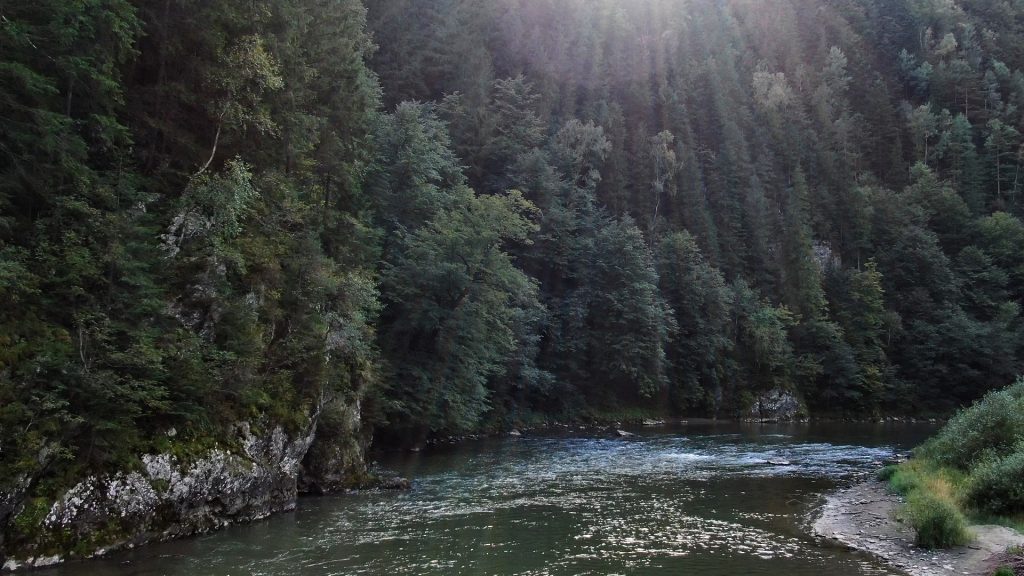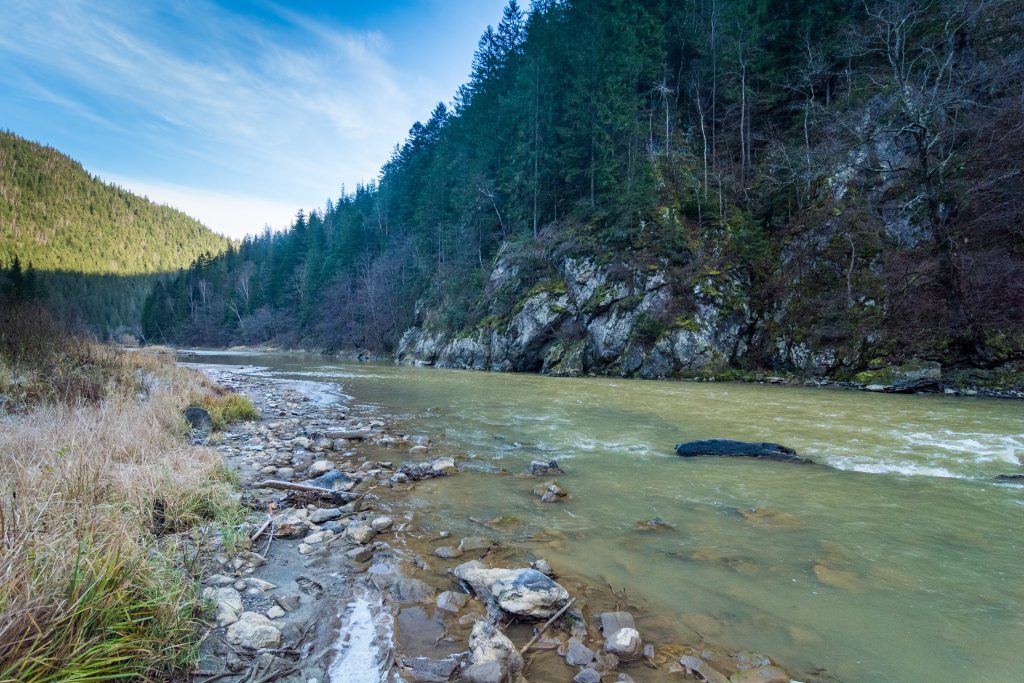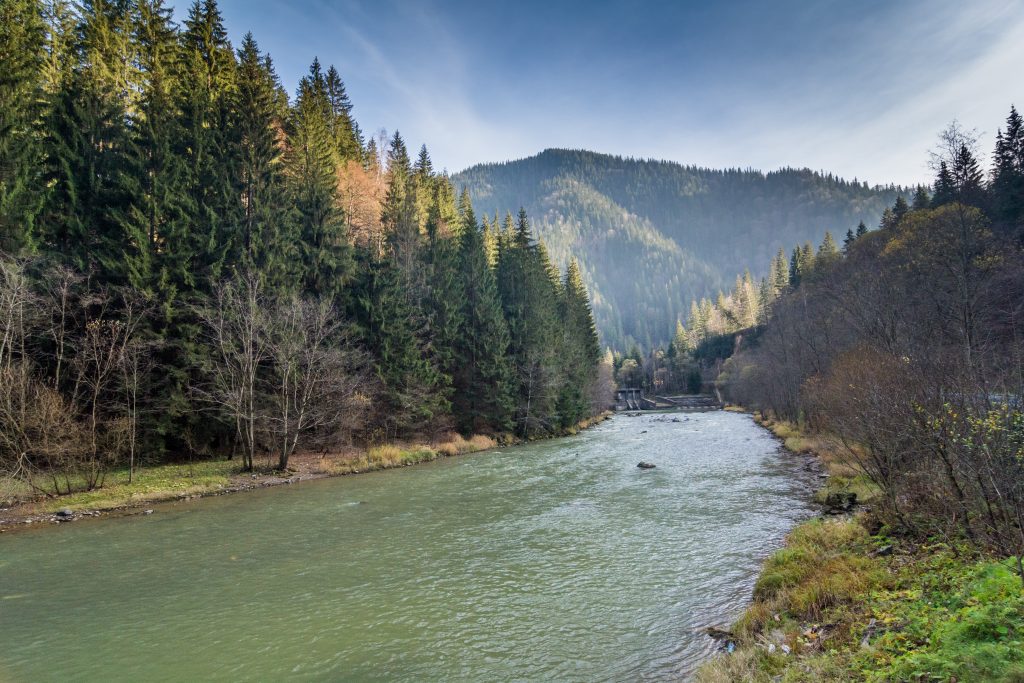Natural Protected Areas in Tara Dornelor
The natural areas in Tara Dornelor are unique places accommodating valuable, but fragile ecosystems and habitats, including plants and wild animals needing their wild living, undisturbed by our human activities.
Due to these natural elements and systems of scientific, landscaping, ecological and cultural value, in time several natural protected areas have been set up within Tara Dornelor ecotourism destination’s land, most of them being included today in “Natura 2000” European network of protected areas.
Many of the natural protected areas in Tara Dornelor are made available for touristic and educational purposes, with adequate infrastructure for visiting, tourist interpretation and information. Below-mentioned, there are a few of these areas, which have a considerable share in the unique and soulful discovery of Tara Dornelor’s natural world
Calimani National Park
Calimani National Park, the pride of the country’s northern region, is known for its vast spruce and Swiss pine (a glacial relict tree) forests, rocks with scattered juniper and rhododendron bushes, pastures with gentians or sweet violets, tormentils or bellflowers, large size herbivores and carnivores such as the bear, the lynx and the wolf.
Besides the usual mountain trekking trails, a few interactive interpretation trails, easy accessible for families with children, can be found here. For information and guided tours in Calimani National Park, we recommend visiting Calimani National Park Visitor’s Centre in 54C, Saru Dornei.
The 12 Apostles Geological and Landscape Reserve
There are several zoomorphic and anthropomorphic figures, ”carved” by weather throughout the centuries, on the mountain ridge going down from Calimani over Tamau and Pietrele Rosii towards Lucaciu peak and Vatra Dornei town. Legends and stories were born in the course of time around the rocks bearing peculiar names, such as “The Old Man”, “The General”, “Nefertiti” etc., waiting to be discovered by the curious traveller.
Zugreni Gorges Nature Reserve
Zugreni Gorges Nature Reserve is situated 20 km from Vatra Dornei town, down Bistrita river, at 740 m altitude, stretching vertically towards Pietrosul Bistritei peak. The area is very picturesque due to the wilderness of the rocks. The reserve’s flora is specific to rocky areas, edelweiss (Leontopodium alpinum) being found here in Moldova’s lowest natural resort. The presence of Andryalla levitomentosa endemism on the inaccessible mountain rocks is to be noticed.
The Large Peat Bog Scientific Reserve – Poiana Stampei
The Large Peat Bog Scientific Reserve – Poiana Stampei is the largest natural peat reserve in our country, being an oligotrophic bog, looking like a Siberian type ”tundra”. This peat bog, declared a Nature Monument in 1955, is crossed by a 990 m long wooden footbridge, which facilitates the visit of the reserve because the hygroscopic peat moss layer always oozes water. The scientific importance of the reserve is related to the acidity of the moss layers, which allowed the unaltered preservation of the pollen set on the peat layers throughout the decades. A small carnivorous plant adapted to the acid life of the peat bog, the round-leaved sundew, can be also found here.
Saru Dornei Peat Bog Nature Reserve
Saru Dornei Peat Bog Nature Reserve is found near the road going to Gura Haitii, before entering Saru Dornei village – on the way to Calimani mountains. It is a peculiar looking oligotrophic bog. Everywhere among the coniferous tree clusters there are little Sphagnum moss mounds, ” small chemical factories”, which produce the soil called peat by decomposing. Another special plant can be also admired here, the hare’s-tail cotton grass, specific to the peat bogs in Scandinavia, Scotland and Ireland, but rare in our country. The peat bog can be visited on an interpretation trail called ” The Peat Bog World under the Magnifying Glass”, where the visitors will find out some well-kept secrets of this special place.
Are all protected areas the same?
Without getting too deep into technical details, it is good to know that, nevertheless, there are several types of natural protected areas, classified in terms of their protection and/or conservation status. The following types of protected areas are found in Tara Dornelor:
Nature Reserve
Natural areas where a species or an important environment is protected. Recreational, educational and research activities are allowed.
Natural Park
Natural areas where species and their environment, typical for Romania’s nature, with minimum human intervention, are protected.
Recreational, educational, scientific research, traditional activities and the construction of minimum tourism infrastructure (trails and mountain shelters) are allowed.
National Park
Natural areas where the landscape and the local character, also important due to the human local traditional activities, are protected.
Natural Monuments
Natural monuments are species or natural features, more or less rare, protected within the reserves or outside them. Their management target is to preserve them intact, therefore, depending on their vulnerability degree, resulting in restricted or forbidden access to visitors.
Natura 2000 Site
Natural areas where species and their environment of European importance are protected. They all depend on human existence and their traditional way of living.
Recreational and educational activities, construction of tourism infrastructure (trails, huts and mountain shelters), sustainable human activities are allowed.
Several sites of European importance are to be found in the touristic area of Tara Dornelor land, such as:
- Calimani-Gurghiu
- Bistrita Aurie
- The Peat Bog in Romanești
- Pietrosul Brostenilor – Zugreni Gorges
- Rarau – Giumalau Mountains
- The Large Peat Bog in Poiana Stampei
- The Peat Bog in Saru Dornei
Other protected natural areas in Ţara Dornelor
- The Juniper Bushes and Pinus cembra Scientific Reserve. The reserve covers the forests and the juniper bushes situated from Neagra Sarului creek source towards Retitis peak. The fact that a natural undergrowth closely mixed with spruce and Swiss pine is found here makes it a special natural area of high scientific importance, unique in the country and very rare in Europe.
- Piatra Tibaului Geological Reserve is situated at the confluence of Tibau creek with Bistrita Aurie river on Carlibaba village territory and represents an interesting 70 m high massif of fossiliferous Eocene limestone. This impressive rock is captivating due to its massiveness and represents the eastern end of the Carpathian flysch. The limestone slabs are unusually thick (over 50 m), proving special sedimentation conditions and fossil presence.
- Giumalau Centennial Forest Nature Reserve uncovers a pure forest, including centuries-old spruce trees and a rich herbaceous flora. It is situated on the western mountain flank of Giumalau Massif, between 1,230 and 1,680 m altitude. The easiest access is from DN17 road, Valea Putnei village on Putna Mare and Sterparul creeks, on a 14-km trail.
The beauty of this place, which has greatly preserved its wilderness, is the result of the harmonious combination of colours and shapes, of the way the deep forest green meets the juniper bushes’ raw green and the warm colours of the meadows with scattered rocks here and there. A beautiful and wild forest, as those of the ancestors’ time, worthy of being protected for the descendants.

For information and recommendations for spare-time activities in Tara Dornelor Ecotourism Destination, please go to:
National Information and Tourism Promotion Office, Vatra Dornei
Address: 2, Garii St., Vatra Dornei, Suceava county
Telephone: +40 230 372 767 or +40 230 375 229
Mobile: +40 744 332 378 or +40 726 686 687
E-mail: salvamontdorna@yahoo.com






